Why go to Vietnam
Vietnam is famous for its paradise beaches, and people go there primarily for their sake. However, this paradise will also appeal to diving enthusiasts - diving here is one of the cheapest in the world, but at the same time it is well organized, and there are interesting places for diving, and you can dive all year round, just changing resorts. Fans of sightseeing rest will appreciate the richness and preservation of historical monuments. There are medieval imperial citadels, French colonial quarters, and guerrilla catacombs during the Vietnam War. And the natural attractions of such a small country amaze with their grandeur: the giant Mekong Delta, the largest cave in the world, Sondon, the Bay of 3000 Halong Islands. Local cuisine with a pleasant French accent is a great seasoning for relaxation.
Find the beach of your dreams.
There is no disagreement with the way it looks like a paradise beach: turquoise sea, white sand, greenery of a coconut tree leaning towards the water. But as soon as the question arises, what to do in this paradise, unanimity disappears. Some just want to bask in the sun. Others need scuba diving or boarding. Still others require parties. There are those who are looking for romance and solitude. The beauty of Vietnam is that it is not only able to offer beaches for all tastes, without losing their paradise status. Here you can become the discoverer of your own dream beach - on a deserted mainland coast or on a real desert island.
Get into the Asian Through the Looking Glass
Asia is always exotic, but even against this background, Vietnam looks like a real Through the Looking Glass. Fishermen here swim in bamboo baskets instead of boats. Women walk the streets in pajamas. Puppet theater performances are held on the water: this is how people used to have fun 1000 years ago in flooded rice fields. The most famous pagoda in the country also stands in the water, and on one pillar to look more like a lotus flower, a symbol of purity in Buddhism. It is called “One Pillar Pagoda”. The Dragon Bridge not only glows at night, but even spews out flames. There is a whole village built around a huge concrete statue of a rooster that can crow. In the capital of the country, there is a real Buddhist Disneyland, the Suoi Tien amusement park. There, right from Bodhisattva Square, you can go to the roller coaster, to the water park or to the crocodile farm. You will not find this anywhere else in the world.
Visit the imperial capital on the Fragrant River
The City of Hue was the capital of the last imperial dynasty of Vietnam from 1804 to 1945, but its entire history goes back more than seven centuries. During this time, a very special culture has developed here, designed for the world of monarchs and their entourage: its own court music "Nya-nyak", its own theater "Tuong", songs, dances, sculpture, cuisine, even its own martial arts. However, architecture became the crown of everything: the Imperial Citadel, the Royal Theater, the Palace of Supreme Harmony, the tombs of the rulers, the openwork pagodas - a whole complex of buildings in Hue is now included in the UNESCO World Heritage List. It is interesting that the Fragrant River flows through the city: its waters really smell of the bitter-spicy root of calamus growing along the banks. Once every two years, this river becomes the main venue for the Hue Festival. Actors, dancers, actors, musicians and even masters of the very court martial arts perform on ships and floating platforms.
Take a guided tour of the Mekong Delta
The Mekong is one of the largest rivers on the planet. Its delta is comparable in area to the territory of Switzerland, but there are twice as many people living here, about 17 million people. All of them settle either by the water, or in houses on stilts, or directly on their barges, whoever has them. The canal system serves as a substitute for roads. Palm groves, orchards and rice fields stretch along the banks. It is also the largest fishing region in Vietnam. A tour of the Mekong Delta necessarily includes a visit to the floating market. Kai Bae is considered one of the most famous and picturesque. Nearby are the villages of artisans. Here you can not only see, but also take part in the preparation of rice paper for spring rolls, coconut sweets, fish sauce, visit a fish farm or a snake farm.
Marvel at the beauty of nature
Small in size, Vietnam is distinguished by truly grandiose natural wonders. The main one is Halong Bay in the Gulf of Tonkin, 170 km from Hanoi. It is smaller in area than Moscow, but it has more than 2,000 islands. In shape, they are somewhat reminiscent of Easter cakes, and inside many of them are hidden limestone grottoes and caves. The largest cave in the world, Son Dong, is also located in Vietnam. Its vaults rise to a height of 200 m, which means that the skyscrapers "Moscow City" could easily fit there. The Mekong Delta is recognized by the UNESCO International Biosphere Zone: there are 133 species of orchids alone, and rare animals like striped rabbits and frogs that sing like birds are found. In hot tropical Vietnam, there are even sandy deserts, like the Sahara. It is difficult to call them grand, but the fact that the red and white dunes are located not far from the beach resorts is impressive.
Popular resorts
Vietnam on the map is stretched along the meridian by a winding line. Above, in the north, is the country's capital, Hanoi. In the center is the ancient capital of Hue, popular with fans of sightseeing holidays. Beach resorts start a little further south, in Nha Trang, the most famous and popular of them. Further south are Phan Thiet and Mui Ne, especially suitable for surfers and kiters. Below the Mekong Delta begins, as well as the "Paris of the East", an industrial and tourist center - Ho Chi Minh City, aka Saigon. In the extreme south of the country, the sea gives way to the Gulf of Thailand. In it, on the very borders of Cambodia, Phu Quoc, the largest island in Vietnam, is located. Paradise beaches with white sand and coconut palms are to be found there, on its western coast.
Sights
Airplanes from Russia fly to the main seaside resorts of the country, to Nha Trang and Phu Quoc as a rule, with transfers - to Hanoi and Ho Chi Minh City, respectively. This makes it possible to stay in each of the cities for two or three days. The ruler of the north, Hanoi, is interesting for its lakes, on the banks of which many pagodas and temples are built, the ruins of the imperial citadel and the Ho Chi Minh mausoleum. The famous Halong Bay with three thousand islands is located 170 km east of the capital. Ho Chi Minh City in the far south keeps the memory of the Vietnam War, which lasted from 1965 to 1975. Near the city are underground tunnels Kucha, through which tourists are not only taken through underground labyrinths, but are also allowed to shoot at a distance from rifles and machine guns. Nha Trang, the resort capital of Vietnam, invites you to explore the sanctuaries of the ancient Cham civilization - Po Nagar Towers. Mui Ne is striking in that there is a real sandy desert not far from the beaches. Excursions to the Mekong Delta will appeal to lovers of wildlife and ethno-exoticism: floating markets, spiers of Catholic cathedrals over pile structures near the water, orchid gardens, rare animals and birds in the jungle.
Weather
Vietnam stretches from north to south for a little two thousand kilometers, its regions have different climatic features. In the south, especially in the Mekong Delta, it is hot and humid throughout the year. The rainy season is in the summer months, the dry season is in the winter. In the north, the opposite is true: lingering drizzling rains occur in winter, while in summer they remain wet. The temperature rises to + 40 ° C.
If you are going for a beach holiday, choose tours to Nha Trang from late February to April. At this time, the weather is pleasantly warm: the thermometer does not rise above + 32 ° C and the humidity is moderate. But kitesurfers will love the choppy sea in Phan Thiet and Mui Ne in winter - there are big waves from November to March. If you're on a sightseeing tour, head to Vietnam from February to May.
Before a trip, it is always worthwhile to clarify the general climatic features of the region where you are going to rest, and, of course, the weather forecast.
Vietnamese cuisine.
Freshness and lightness are the keywords that define the essence of Vietnamese cuisine. Food is not frozen here, refrigerators are practically not used, so we can say that fruits are always simply picked from a branch, vegetables from a garden, and fish was caught this morning. The meat is served with lots of herbs and sauces. Vietnamese food is not as hot as Thai food.
The Vietnamese are known for their ability to eat almost anything that moves: they drink cocktails made from cobra blood, cook crocodile and ostrich meat, and fry crickets. However, most tourists do not dare to such a gastronomic extreme. The cuisine of the Central Region is considered the most harmonious and healthy. If she too gets tired, you can always return to the European tradition. In Vietnam, it's nice to buy a baguette for breakfast and eat it with coffee, as is customary in France.
What to bring from Vietnam
Even by the standards of Southeast Asia, prices in Vietnam are very low, so no one comes from here without souvenirs. Tourists often bring tropical fruits, medicinal artichoke tea and coffee from Vietnam, including such an exotic and expensive variety as "kopi luwak": it is also cheaper here than, for example, in Bali. Snake wine and medicinal tinctures on snakes, scorpions and other poisonous animals have become classic souvenir classics. Men consider them beneficial for their health. Women love Vietnamese pearl jewelry from Phu Quoc Island and silk clothing. On vacation, many even order ao dai national women's costume from local tailors, which consists of a long silk shirt and trousers. The traditional conical palm-leaf hat is perfect for him.
Additional information
Formally, insurance is not required to enter Vietnam, but it would be wise to stock up on it, even if you are traveling on your own. For holidaymakers going on vacation to Vietnam, insurance is already included in the tour price. Most tourists opt for the minimum insurance coverage ($ 30,000 for Southeast Asia). However, if you are going not only to sunbathe at the hotel by the pool, but also to engage in active leisure activities (diving, kitesurfing, walking in the mountains, or just planning to rent a motorcycle - of course, if you have the appropriate driver's license), you should choose the appropriate insurance program. Insurance often does not cover sun overheating and food allergies. It is worth remembering that it does not work at all if the incident occurred with a tourist while intoxicated.
In general, it is worth observing safety rules that are fair for most countries of the world: do not drink tap water, do not buy food and drinks from street vendors, wash your hands before eating, etc. If you are still sick, and there is no insurance, it is better to contact government clinics in Vietnam: prices are lower than in private medical institutions.





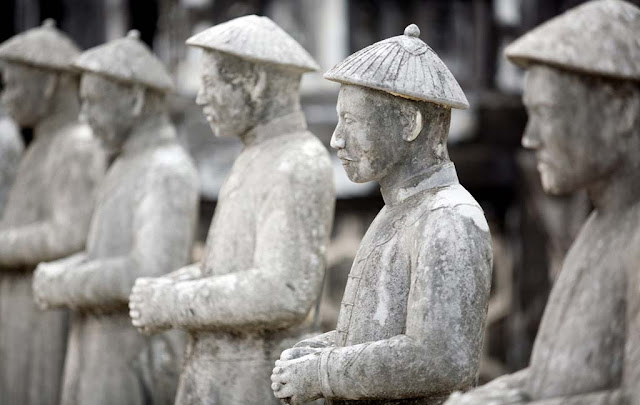



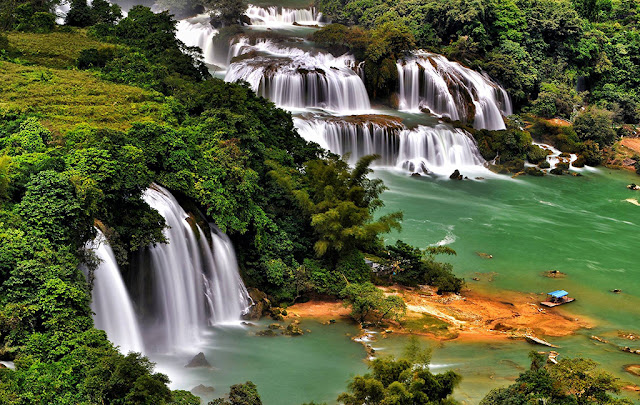
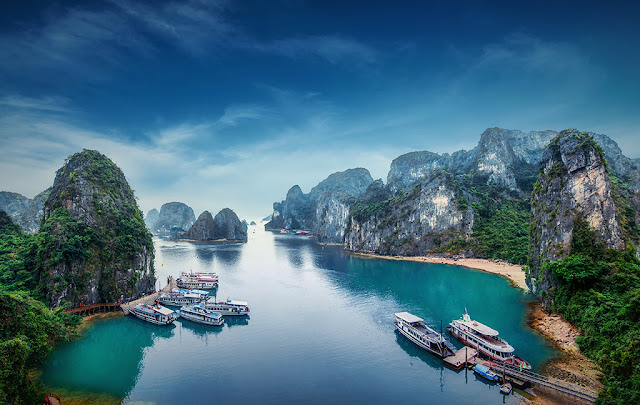

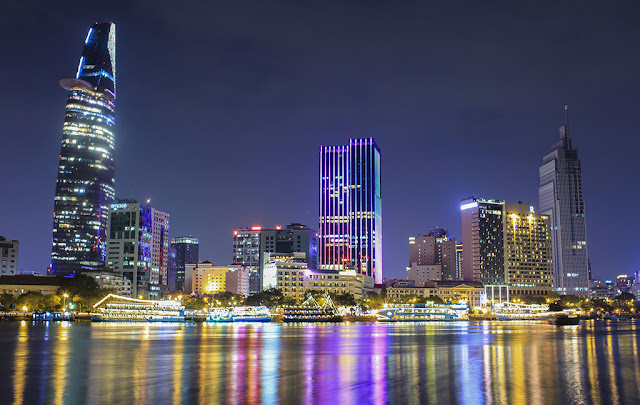



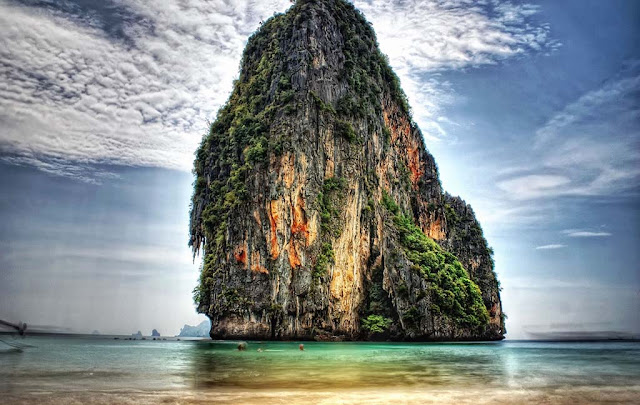
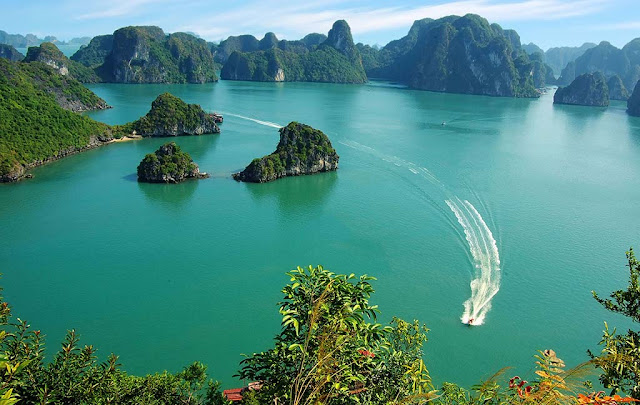
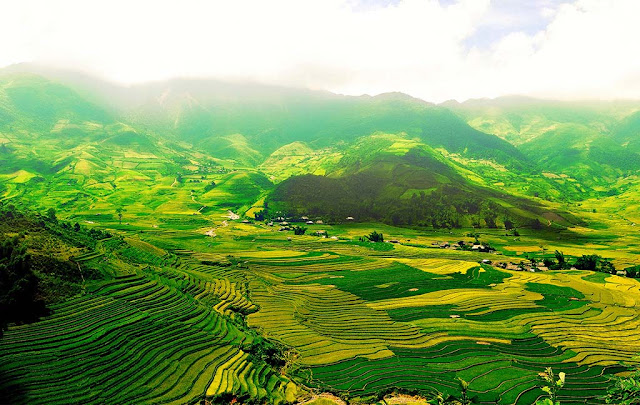
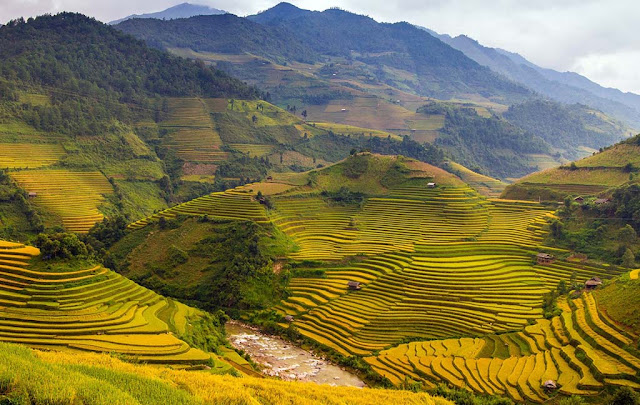








0 Comments